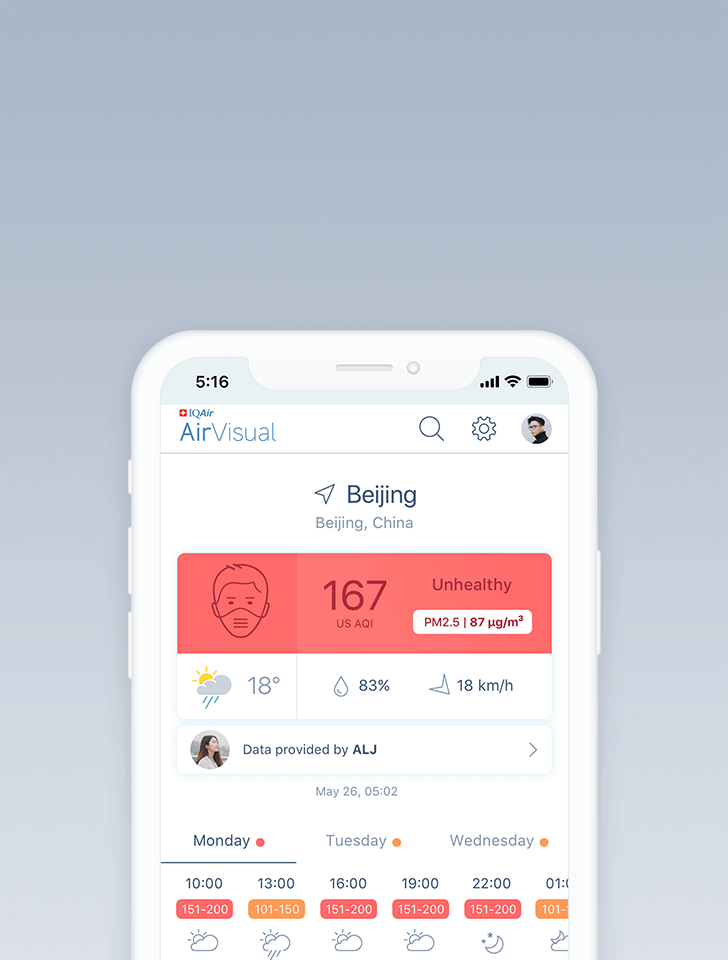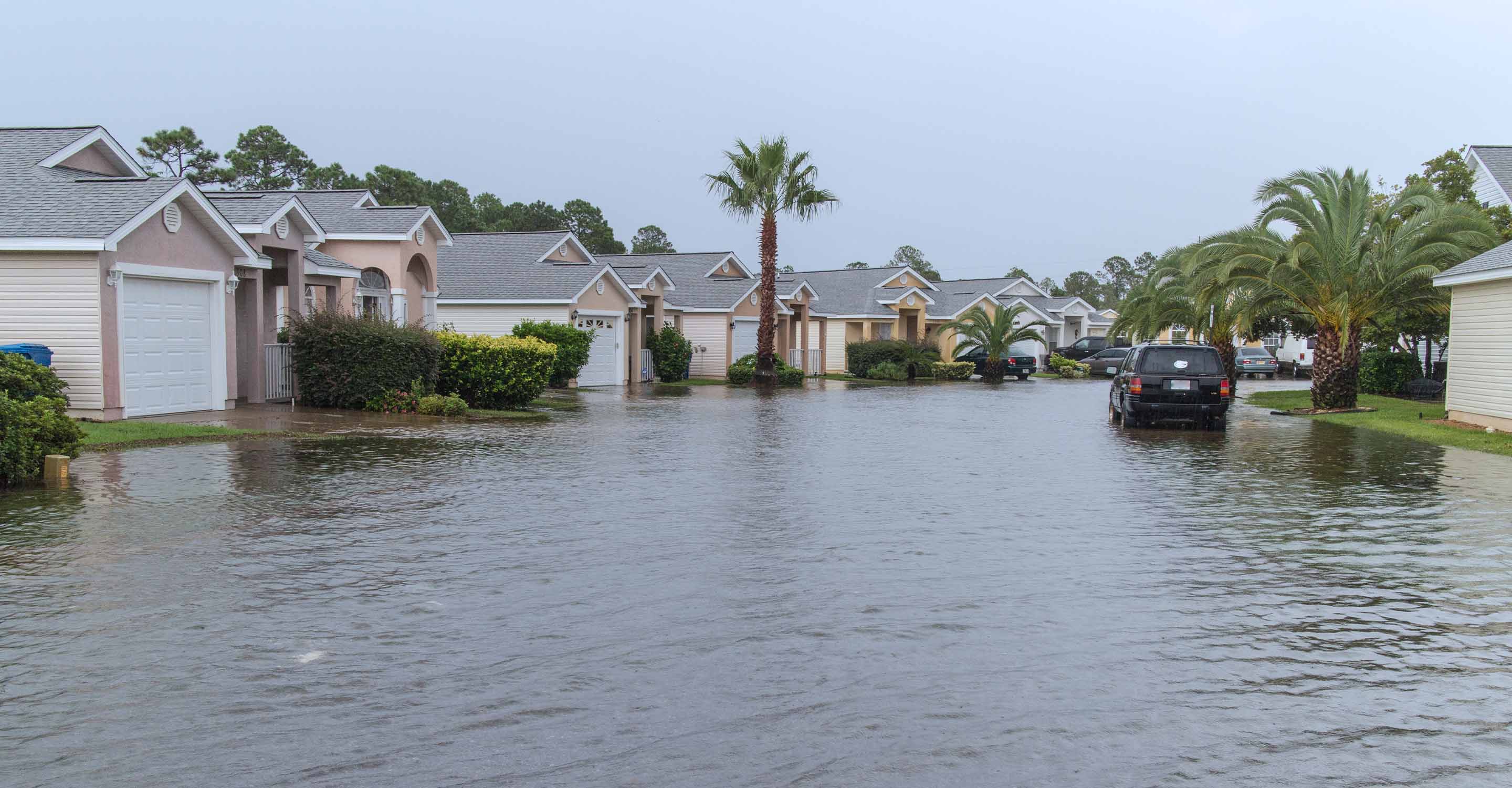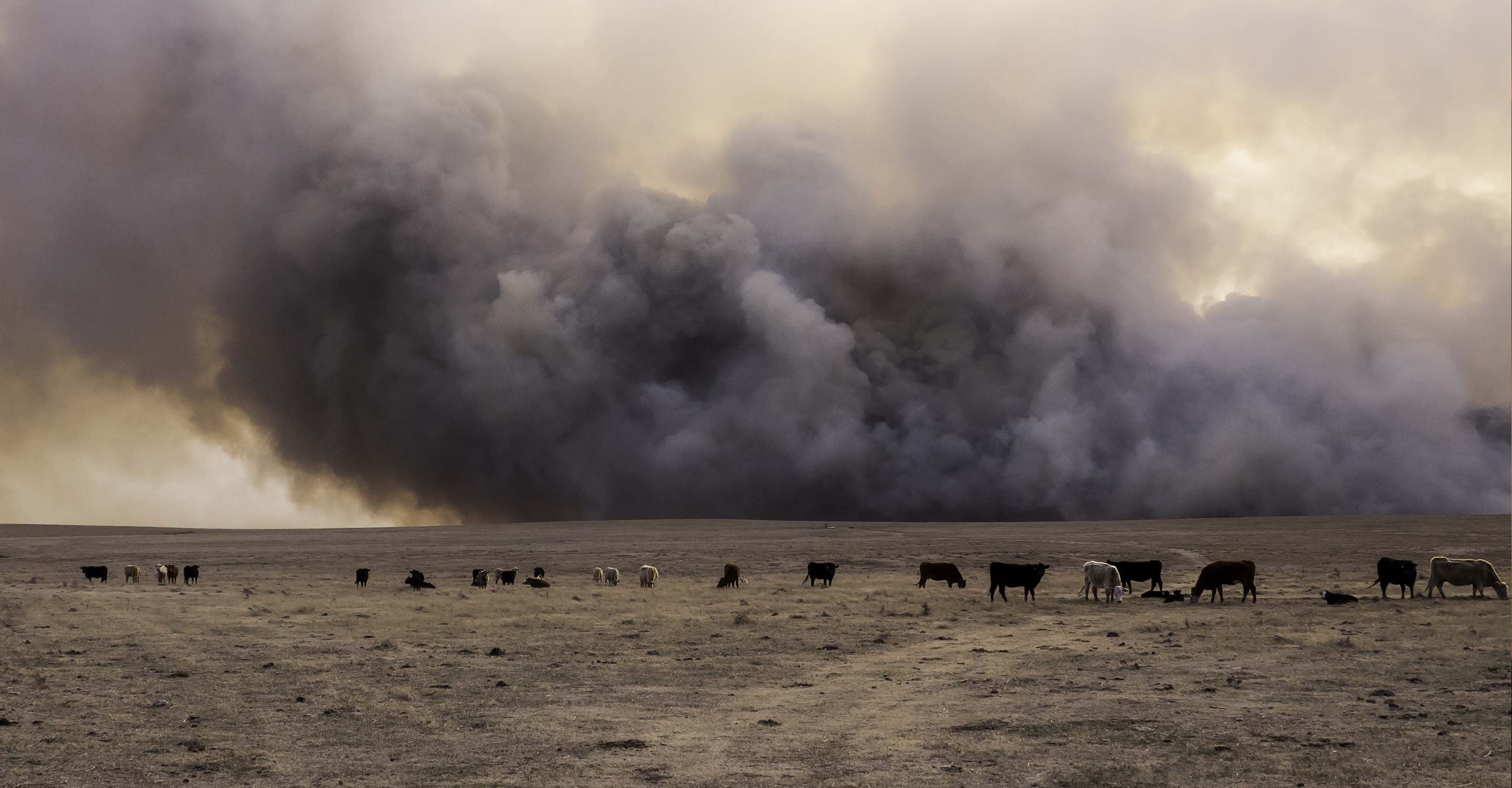Air quality in Guangzhou
Air quality index (AQI) and PM2.5 air pollution in Guangzhou
1.5M people follow this city

Guangzhou Air Quality Map
Real-time Guangzhou air pollution map
Weather
What is the current weather in Guangzhou?
| Weather | Broken clouds |
| Temperature | 75.2°F |
| Humidity | 68% |
| Wind | 6.5 mp/h |
| Pressure | 29.7 Hg |
live aqi city ranking
Real-time China city ranking
| # | city | US AQI |
|---|---|---|
| 1 | Jinchang, Gansu | 306 |
| 2 | Jilin, Jilin | 174 |
| 3 | Yangliuqing, Tianjin | 163 |
| 4 | Tianjin, Tianjin | 156 |
| 5 | Luancheng, Hebei | 155 |
| 6 | Baoji, Shaanxi | 154 |
| 7 | Shijiazhuang, Hebei | 153 |
| 8 | Tianchang, Hebei | 153 |
| 9 | Xixiang, Henan | 152 |
| 10 | Yingchuan, Henan | 152 |
(local time)
SEE WORLD AQI RANKING3D animated air pollution map

live Guangzhou aqi ranking
Real-time Guangzhou air quality ranking
| # | station | US AQI |
|---|---|---|
| 1 | Li Fu Lu | 70 |
| 2 | Yangshuo Roadside Station | 70 |
| 3 | City Wuzhong | 68 |
| 4 | Guangya Middle School | 68 |
| 5 | Guangzhou Environment Monitoring Central Station | 68 |
| 6 | Tiyu xi | 65 |
| 7 | Luhu | 63 |
| 8 | Wuhu | 63 |
| 9 | Panyu University Town | 61 |
| 10 | Guangzhou No.86 Secondary School | 57 |
(local time)
SEE WORLD AQI RANKINGUS AQI
61
live AQI index
Moderate
Overview
What is the current air quality in Guangzhou?
| Air pollution level | Air quality index | Main pollutant |
|---|---|---|
| Moderate | 61 US AQI | PM2.5 |
| Pollutants | Concentration | |
|---|---|---|
| PM2.5 | 17µg/m³ | |
| PM10 | 26.5µg/m³ | |
| O3 | 90.5µg/m³ | |
| NO2 | 18.5µg/m³ | |
| SO2 | 5µg/m³ | |
| CO | 612µg/m³ | |
PM2.5
x3.4
PM2.5 concentration in Guangzhou is currently 3.4 times the WHO annual air quality guideline value
Health Recommendations
What is the current air quality in Guangzhou?
| Sensitive groups should reduce outdoor exercise | |
| Close your windows to avoid dirty outdoor air GET A MONITOR | |
| Sensitive groups should wear a mask outdoors GET A MASK | |
| Sensitive groups should run an air purifier GET AN AIR PURIFIER |
Forecast
Guangzhou air quality index (AQI) forecast
| Day | Pollution level | Weather | Temperature | Wind |
|---|---|---|---|---|
| Monday, Apr 15 | Moderate 84 AQI US | 89.6° 78.8° | ||
| Tuesday, Apr 16 | Moderate 65 AQI US | 93.2° 77° | ||
| Wednesday, Apr 17 | Moderate 67 AQI US | 91.4° 78.8° | ||
| Today | Moderate 61 AQI US | 84.2° 75.2° | ||
| Friday, Apr 19 | Moderate 60 AQI US | 86° 78.8° | ||
| Saturday, Apr 20 | Moderate 59 AQI US | 87.8° 77° | ||
| Sunday, Apr 21 | Moderate 60 AQI US | 78.8° 73.4° | ||
| Monday, Apr 22 | Moderate 65 AQI US | 80.6° 71.6° | ||
| Tuesday, Apr 23 | Moderate 85 AQI US | 77° 73.4° | ||
| Wednesday, Apr 24 | Unhealthy for sensitive groups 104 AQI US | 77° 71.6° |
Interested in hourly forecast? Get the app
AIR QUALITY ANALYSIS AND STATISTICS FOR Guangzhou
What is the air quality index of Guangzhou?
Guangzhou is the capital city of Guangdong Province in Southern China. It is situated on the Pearl River about 120 kilometres northwest of Hong Kong. It is home to around 25 million people in its entire metropolitan area.
Towards the end of 2020, Guangzhou was suffering from poor air quality with a US AQI number of 149. This classification is based on recommended levels by the World Health Organisation (WHO). Concentration levels of the pollutants suspended in the air were as follows: - PM2.5 - 55 µg/m³, PM10 - 78 µg/m³, ozone (O3) - 104.5 µg/m³, nitrogen dioxide (NO2) - 35.5 µg/m³, sulphur dioxide (SO2) - 12 µg/m³ and carbon monoxide (CO) - 800 µg/m³. These figures are quoted as microns per cubic metre.
With air quality as poor as this, the advice is to close doors and windows to prevent the ingress of dirty air. Those people who are sensitive to poor quality air are advised to wear a mask when venturing outside. And outdoor exercise should be postponed until the air quality improves.
What is the main source of Guangzhou’s polluted air?
Guangzhou is a megacity with a large economic aggregate, a very large population density, and an equally large source of total pollutant emissions. With the rapid economic and social development, the rigidity of pollutant emissions has increased, all of which pose challenges for improving air quality. . Although the pressure is high and the task is not easy, Guangzhou tries to control and reduce air pollution from the source, optimise energy and industrial structure, and strengthen environmental supervision and other measures to carry out comprehensive control of air pollution in all directions, ensuring that levels of PM2.5 do not go higher than the suggested standard.
However, automobile exhaust is becoming the primary source of air pollution and can even exceed the level of industrial pollution. In 2007, the number of motor vehicles in Guangzhou reached 1.8 million, with an annual increase of 150,000 vehicles per year.
Is air pollution in Guangzhou getting better or worse?
According to figures released by the Swiss air monitoring company IQAir.com, the quality of air in Guangzhou is slightly improving. In 2019 the overall quality was “Moderate”. This was achieved from February through until September with figures between 12.1 and 35.4 µg/m³. For the remaining 4 months, the quality was classified as being “Unhealthy for sensitive groups” with figures between 35.5 and 55.4 µg/m³. In 2017 the mean annual figure was 33.9 µg/m³ and in 2018 there was a slight improvement with a figure of 33.2 µg/m³. The 2019 figure was 28.9 µg/m³.
What can be done to improve the air quality in Guangzhou?
According to recent data released by the Guangzhou Environmental Protection Bureau, the concentration of PM2.5 in Guangzhou in 2017 was 35 µg/m³, a decrease of 18 µg/m³ from 2013, reaching the national secondary standard, equivalent to a decrease of 34 per cent. In addition, the concentration of sulphur dioxide (SO2) in Guangzhou dropped from 20 µg/m³ in 2013 to 12 µg/m³ in 2017, a decrease of 40 per cent; the concentration of PM10 fell from 72 µg/m³ meter to 56 µg/m³ indicating that the ambient air quality was steadily improving.
Moving forward, Guangzhou will adhere to the "blueprint" and continue to improve the ambient air quality, from improving the fine management of dust pollution control, strengthening the control of mobile source pollution, deepening the remediation of industrial pollution, and further promoting the environmental relocation of polluting enterprises away from the city centre. Remediation work will be carried out in various ways, in order to achieve a PM2.5 concentration of 30 µg/m³ in Guangzhou, and the six main indicators of environmental air pollution will then fully meet the standards.
In recent years, Guangzhou’s air quality has continued to improve, but as PM2.5 continues to decrease, ozone (O3) has become the main factor affecting air quality, and volatile organic compounds (VOCs) emitted by motor vehicles are one of the main precursors for ozone generation.
The next target is to be the emissions given off by diesel-powered trucks. Guangzhou currently has 1.55 million diesel trucks, accounting for about 5 per cent of the numbers of vehicles on the road, but the nitrogen oxides (NOx) and particulate matter (PM2.5/PM10) emitted by them account for 67 per cent and 88 per cent of the total vehicle emissions, respectively.
What are the effects on health through breathing in Guangzhou’s polluted air?
In recent years, there has been more and more smog in Guangzhou, and the concentration of particles in the air has also increased. Residents living in this kind of situation are increasingly experiencing suffocation, coughing, dizziness, fatigue, nausea and increased bouts of asthma and other symptoms of respiratory diseases. The reason people tolerate such a harsh environment is simply that it is bothersome but not immediately fatal, so its seriousness is often overlooked.
Urban air pollution has greatly hindered the lives and health of the people, because polluted air, such as haze and smog, is essentially composed of countless black carbon (BC), dust and other particles suspended in the atmosphere over cities. The composition of the haze and smog is very complex as it contains hundreds of atmospheric particulate matter, among which are the airborne particles less than 10 microns in diameter which are particularly harmful to human health, such as mineral particulate matter, sea salt, sulphates and nitrates. These microscopic particles can easily enter the human respiratory tract and lodge in the bronchial tubes. Once in the alveoli, they can causes rhinitis, bronchitis and other diseases. Long-term exposure to this environment can also induce lung cancer.
In 2003 it was reported that as many as 300,000 people in China die from outdoor air pollution every year. Chinese people living in cities have become "vacuum cleaners" and each person has to filter out every 15 cubic meters of poisonous dust from the air every day.
Many people do not realise just how dangerous the air they breathe every day is, and most people living in big cities do not associate their abnormalities with air quality. Ironically, the public is both the victim and the producer of air pollution.
Guangzhou air quality data attribution
Where is the cleanest air quality in Guangzhou?
- Lao cheng 34
- Mao Fengshan Forrest Park 41
- Environmental protection building 45
- Guangdong Business School 45
- Zhen Long 50
- Guangdong Panyu Middle School 55
- Huadu District Normal School 55
- Guangzhou No.86 Secondary School 57
- Haizhu Lake 57
- US Consulate in Guangzhou 57
- Panyu University Town 61
- Luhu 63
- Wuhu 63
- Tiyu xi 65
- City Wuzhong 68
- Guangya Middle School 68
- Guangzhou Environment Monitoring Central Station 68
- Li Fu Lu 70
- Yangshuo Roadside Station 70






